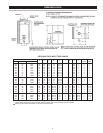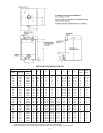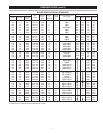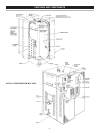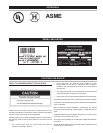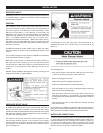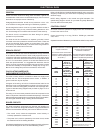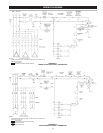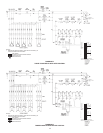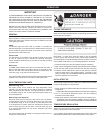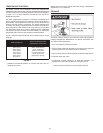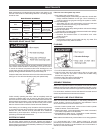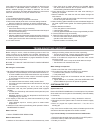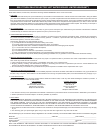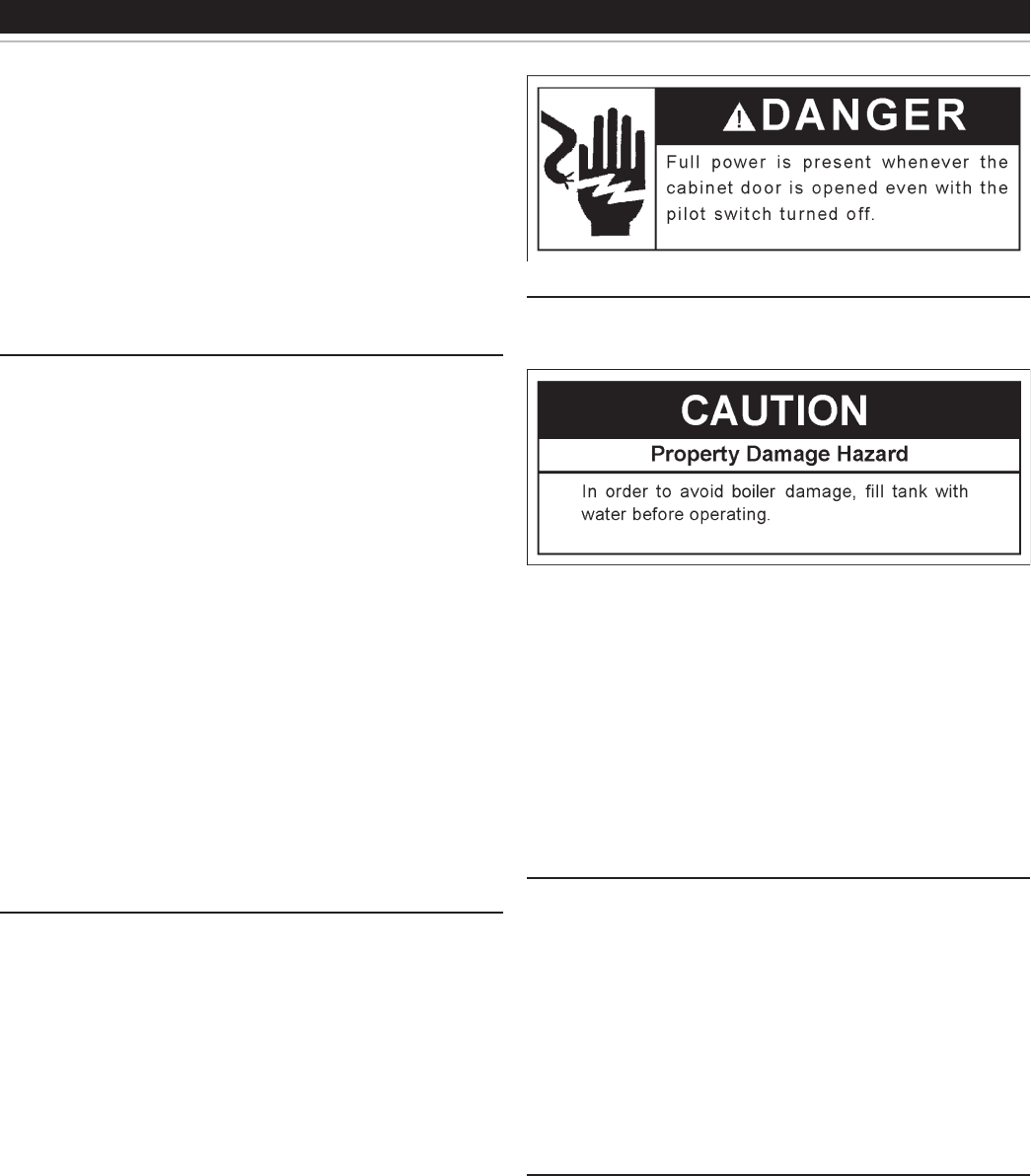
15
OPERATION
IMPORTANT
IT IS RECOMMENDED THAT A QUALIFIED SERVICE TECHNICIAN
PERFORM THE INITIAL FIRING OF THE BOILER. AT THIS TIME
THE USER SHOULD NOT HESITATE TO ASK THE TECHNICIAN
ANY QUESTIONS WHICH THEY MAY HAVE IN REGARD TO THE
OPERATION AND MAINTENANCE OF THE BOILER.
BEFORE FILLING THE SYSTEM FOR OPERATION the hot water
system should be internally cleaned and ushed to remove any
contaminants which may have accumulated during installation. See
section of this manual titled SYSTEM CLEANING.
GENERAL
Never operate the heating elements without being certain the boiler
is lled with water and a pressure relief valve is installed in the relief
valve opening provided.
LWCO
An electronic type low water cutoff is provided on all boilers as
standard equipment. The water probe is installed near the top of the
tank to monitor the presence of water. The control circuit is opened if
the water level is below this point.
Power On/Off
The pilot switch on the cabinet front permits the boiler to be turned
on and off without having to operate the electrical disconnect
switch. Additional switches may be provided for manually operating
contactor coils.
Relief Valve
An ASME rated pressure relief valve is furnished with the boiler. A
tting for the relief valve is provided in the top of the boiler. A drain
line from the relief valve should terminate near a suitable drain. Do
not thread, plug, or cap the end of the drain line.
The pressure setting of the relief valve should not exceed the pressure
capacity of any component in the system including the boiler.
HIGH TEMPERATURE LIMITS
Automatic High Limit
The boiler control circuit contains two high temperature cutoff
switches. This device shuts off the heating elements if excessive
water temperatures are reached. The high temperature cutoff has
an adjustable range of 100° to 240°F and automatically resets on a
drop of temperature.
Manual High Limit (Optional)
A manual reset high limit may be in the control circuit in addition
to the automatic high limit previously described. The control has
an adjustable range of 110°F to 290°F and activates and locks
on a temperature increase. When the temperature declines the
manual reset high limit can be reset. A manual reset high limit
is an optional substitution for one of the automatic high limits
mentioned above.
The manual reset button is located on the high limit switch which is
located in the control panel.
FILLING THE BOILER
Refer to SYSTEM CLEANING section for preparing the system prior
to nal lling and operation.
Hard Water: in areas which have hard water it may be desirable
to ll the system with soft water and/or provide water treatment as
recommended by a consultant familiar with local conditions. In this way
harmful water scale build-up on the heating elements is minimized.
1. Close the boiler drain valve and system valves as necessary.
2. Open a vent in the highest point of the system to allow the air to escape.
3. Fully open the make-up water inlet valve. Fill the boiler and piping.
4. Close the vent as water starts to ow from the opening. Place the
make-up water valve in the desired position. The boiler is now
ready for START UP and TEMPERATURE REGULATION if being
placed in operation for the rst time.
INITIAL START UP
The following checks should be made by the installer when the boiler
is placed into operation for the rst time:
1. Check all factory and eld made water and electrical connections
for tightness.
• Repair water leaks and tighten electrical connections as necessary.
2. Turn on the electrical disconnect switch and pilot switch(es)
mounted on the boiler cabinet.
3. Observe the operation of the boiler during the rst heating cycle.
• Temperature control and contactor operation should be checked by
allowing the boiler to come up to temperature and shutoff automatically.
TEMPERATURE REGULATION
Always turn off the electricity at the electrical disconnect switch when
making a temperature control adjustment.
It is suggested the temperature adjustment be turned to the lowest
setting which satises the hot water requirements of the system.



